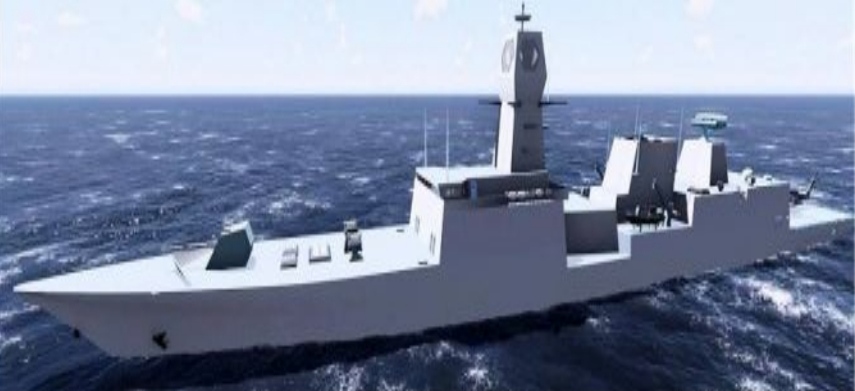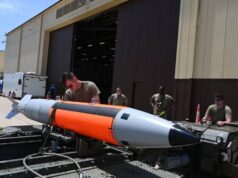Indian Nilgiri-Class Warships Being Made Very Very Stealthy

Prestigious Project 17A Nilgiri-Class Stealth Frigate of the Indian Navy
Design of the hull and superstructure play a very important role in reducing the RCS of a naval ship and thus contribute a lot to its Stealth features. Thus as part of the design improvement plan of the ship structure, Indian Navy wishes to optimize the hull for reduction in drag. As per the requirements of the user, the RCS of the ship is to be reduced to acceptable levels. Contribution of hull and superstructure on the ship must be studied where the problem in hull is coupled with hydrodynamics. Constraints of space and ship stability during the design changes are given by the customer.
Stealth has become a strict design criterion for most of the airborne and naval systems that are being developed in various Indian Defence organizations. In pursuit of a stealthy design, first level activity is basic shape optimization to minimize mono-static RCS for critical viewing angles. In terms of electric size, these configurations lie in optical region and therefore, methods based on PO and GO for RCS evaluation are best suited. However, results are sensitive to model preparation and choice of various options available to these methods. Being a critical design consideration, all nuances of RCS prediction must be accounted in a transparent manner.
Therefore Zeus Numerix a MSME has developed a high frequency solver for RCS prediction of full scale configurations based on Physical Optics. Unlike GO method, no geometrical simplification is needed. By incorporating PTD and SBR modules, edge diffraction and multiple bounces are also accounted for. Large surface mesh sizes (~10 million), typical of full scale configuration, are easily handled as solver is optimized for exploiting parallel computing infrastructure. Feasibility has been established on airborne / naval systems that are under development. The software has been validated against experimental results. The software is now properly packaged and licensed to users.
Multiple techniques were used for the simulation of hydrodynamics of the design of the NILGIRI CLASS ships now under construction. Time Domain Boundary Element Method was used to predict the hydrodynamic characteristics like drag, trim and sinkage of sea vessel. Sea keeping simulations were done to estimate the dynamics of ship in motion. Simulations were done for even sea state five (rough sea). This was followed by RANS CFD simulations on the ship. Multiple simulations were carried out at different surge speeds to calculate Resistance. Design changes were mutually discussed and simulated. After the hull was redesigned, RCS calculations were done using PO-PTD-SBR method. The code also simulated the effect of waves on the RCS of the ship.
Excellent matching was found between the experiment and simulations. Simulations were done for Zig-Zag manoeuvre, turning circle, pull-out manoeuvre etc. Hull design was changed as per the obtained results. For each design change RCS was also estimated. Superstructure had large scattering and the same was also modified. The Stealth frigate Project culminated in 70percentage reduction in RCS after three design changes.
Zeus Numerix started from IIT Bombay in 2004 with a vision of developing simulation software and innovative engineering products. Zeus has completed more than 400 projects, with many of them being the first of its kind in India. Zeus has been awarded the first DST-FICCI-Lockheed Martin India Innovation Growth Medal, is a DSIR certified R&D company and CEnter of MILitary Airworthiness and Certification (CEMILAC, Govt of India) certified Design Approval company.




